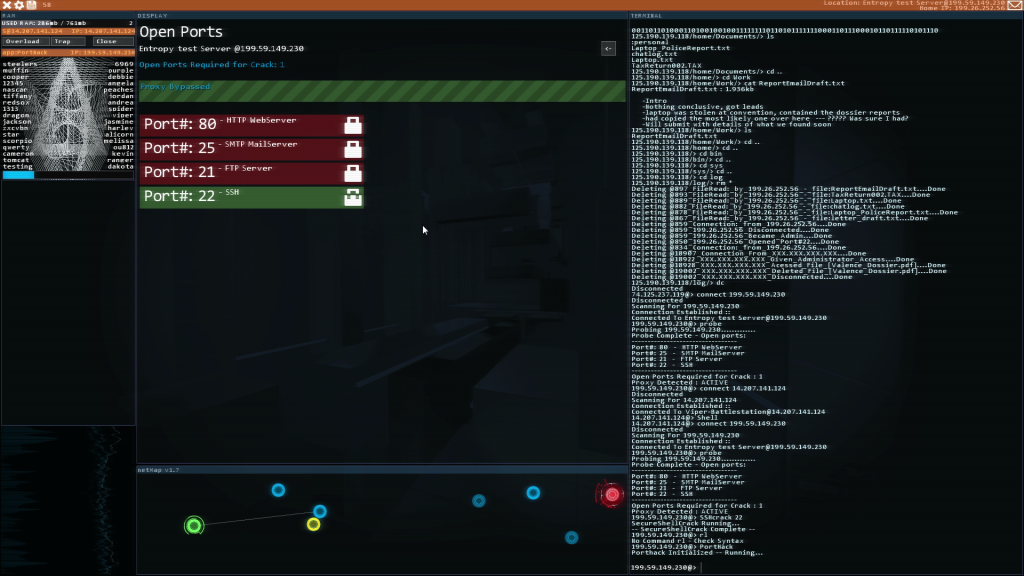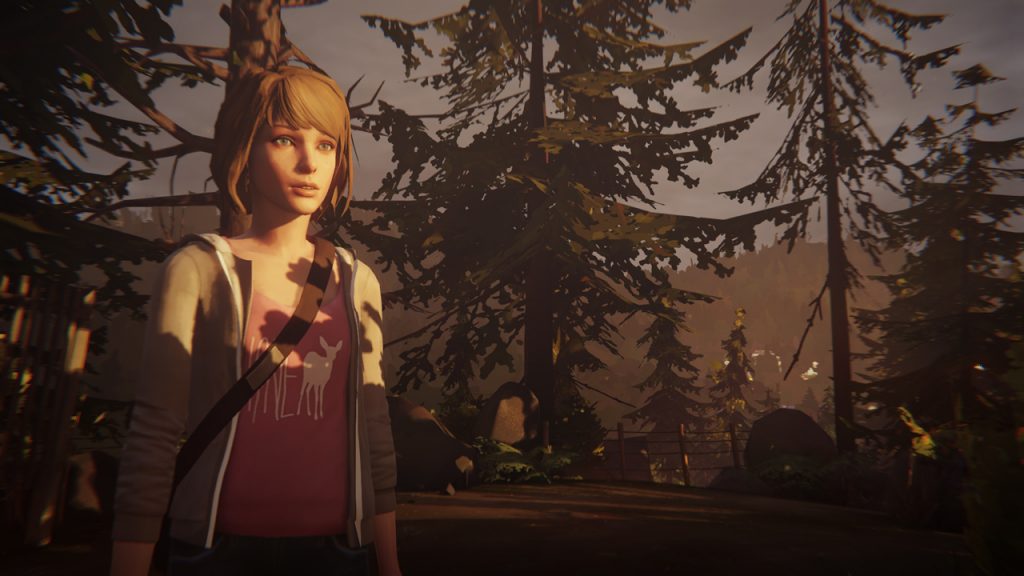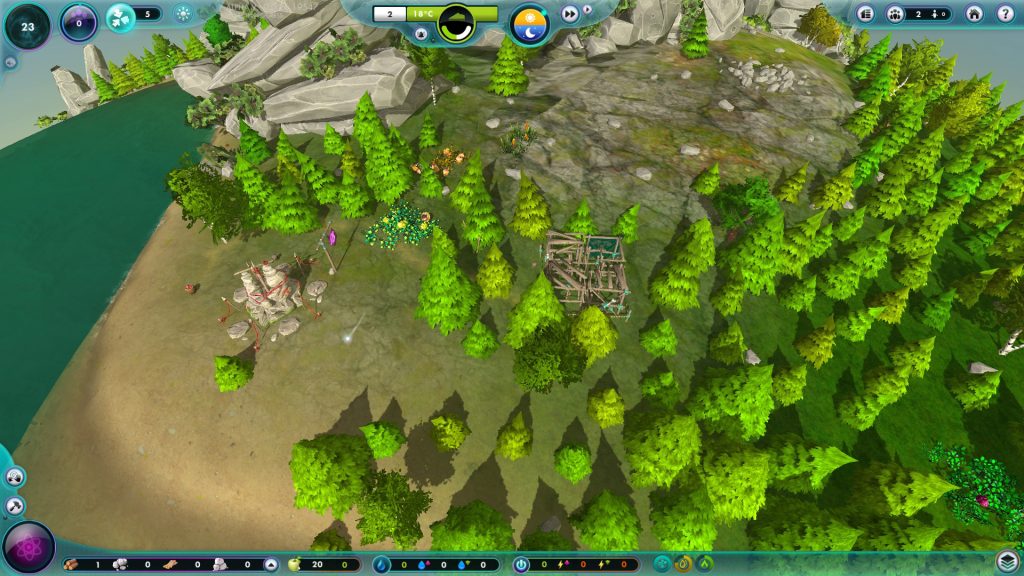When do I feel present?
During my ongoing literature review I often discover interesting facts about things I’ve never thought about. Sometimes I can connect these facts with my own observations: The result is mostly a completely new idea why things are as they are. Maybe these ideas are new to you, too. Therefore I’ll share my new science based knowledge with you!
This week: This time, I think about my personal requirements to experience presence inside of a virtual environment.
Recently, I helped two colleagues preparing their experiment by volunteering as a participant. The central goal of their study is to measure the subjective experience of presence. Presence is the subjective illusion of being inside a virtual environment despite physically being located in a completely different environment. The illusion is increased when a user is visually immersed in the virtual environment, e.g., by wearing a head-mounted display.
This experiment made me think about my personal experiences with presence. Which gameplay and design elements are needed to feel present inside a virtual environment? Personally, I feel the highest degree of presence when either the virtual world is manipulable and reacts to my actions as well as when the virtual environment is designed in a natural way, features a believable scenery and is freely explorable.
A manipulable world requires virtual objects or agents I can interact with and that show a reaction based on my actions. The effectiveness of these interactions for inducing presence is not depended on their complexity or believability. It is more about the mere possibility to actively change things inside of the virtual world with my actions. For instance, the option to grab and throw a virtual object already is enough to let me experience presence. However, simply indicating my existence with 3D assets of the game controllers or even a realistic avatar rarely induces presence. Thus, to feel presence, it is important to me that my actions matter, e.g., by changing the position of an object, and not that I am visually represented inside of the virtual world.
A freely explorable and believable scenery requires a lot of modelling and level editing. Like in the real world, I enjoy seeing new places and exploring them by changing my perspective. For a virtual environment, this requires a detailed virtual world and the possibility to freely navigate through the environment. Environments that mainly consist of nothing more than a nearly empty virtual world featuring only a few assets make it very hard for me to experience presence. Here, I immediately notice that it is nothing else than a simulation thus breaking the illusion of actually being inside of the virtual world. Thus, to feel presence, it is important that the virtual world hides the fact that it is a simulation by presenting many details making it lively and believable.
In the end, as complex virtual environments are diffcult to design, each virtual world should contain at least one interaction possibility. This interaction should enable a user to perform an action inside of the virtual environment that causes a change of it. As a result, they potentially experience presence when immersing themselves inside such a virtual environment.




